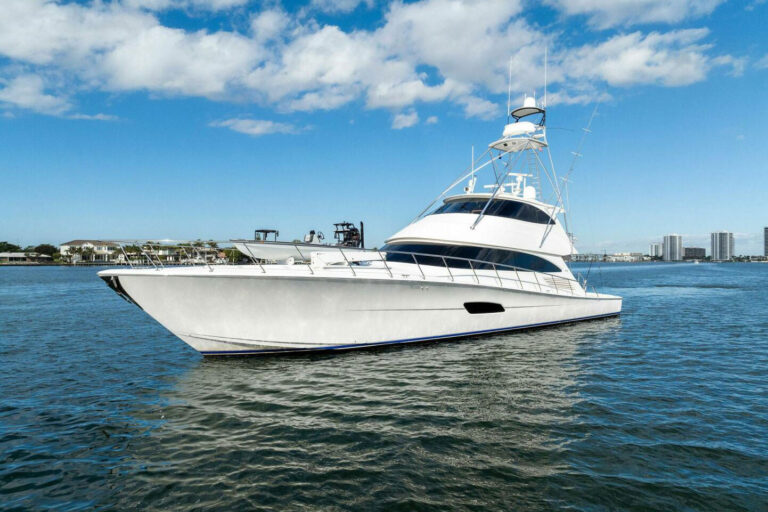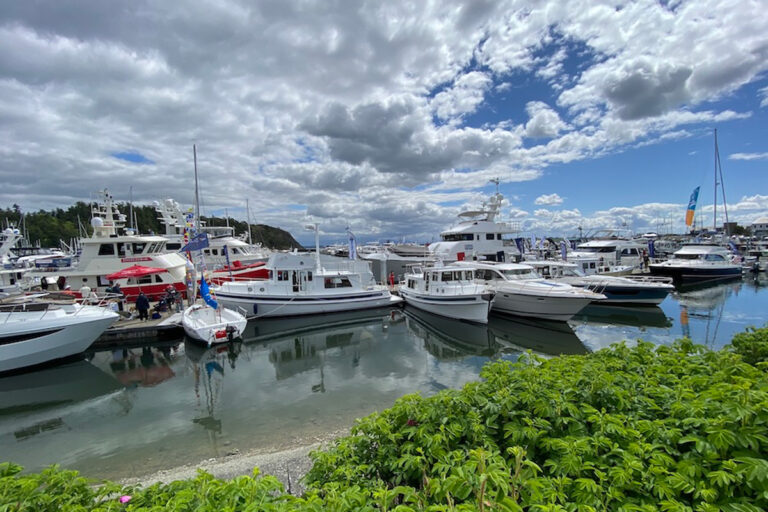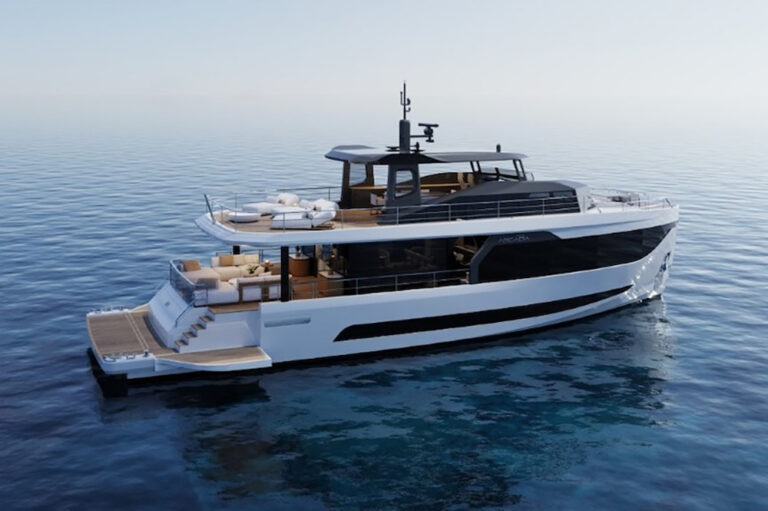
ytgoct15enewscg525.jpg
One of the things I love about boating is that you’re always learning. The more I’m on the water-it’s been about 30 years now-the more I learn. Each time I make a mistake or exercise bad judgment, I try to file that experience away and add the lesson learned to my boating knowledge base. Hopefully, the mistakes are minor and the only injury is to my ego. The longer we boat, however, the more chance we have of placing ourselves in a situation that will challenge our current skill set.
Recently, one area that put me to the challenge was commercial lights and general rules of the road. At one point I studied these and knew them by heart, but it’s safe to say I became a little rusty, especially with commercial navigation lights on tugs. Yet twice in a matter of weeks, I found myself in busy shipping channels-the Chesapeake Bay and New York Harbor-at night. My timing could not have been worse! Although I was able to navigate through the ordeal, it was not without a few nervous moments. Even on the crowded Intracoastal Waterway, I had some incidents that made me conclude that others could also use a refresher course on the rules of the road.
When I returned home after the Florida delivery, I went up to my study and dusted off a few books. I would recommend The One Minute Guide to The Nautical Rules of the Road, by Charlie Wing. It’s part of the United States Power Squadron’s Guide set, and is very easy to read, comprehensive and costs only $18.95.
First of all let’s review some of the basics concerning recreational boaters from the International Regulations for the Prevention of Collision at Sea (COLREGS). The United States Inland Rules are used for the Great Lakes, but we’ll be focusing on the rules that apply to both areas, or highlighting the exceptions.
One of the most basic rules, but often overlooked in my opinion, is the lookout rule which states “every vessel shall at all times maintain a proper lookout by sight and hearing as well as by all means available.” According to Wing, more than half of the vessels involved in marine accidents “have been charged with failure to maintain an effective lookout.” This is especially important when you’re on a faster boat.
Another key rule to remember is that when two power-driven vessels are meeting head on, each needs to change their course to starboard so they pass port-to-port. The rule for the Great Lakes states “power-driven vessels proceeding down-bound on the Great Lakes and Western Rivers have the right of way over upbound boats and should propose the manner of passage via sound signals or VHF.” I’ve been squeezed far over in a channel by boaters who are ignoring this rule. Also, I suggest a call on the VHF if you’re unsure of what the intentions of the other vessel are. Sometimes I find it necessary to make a grand gesture to show the other captain where I’m going by turning my boat my hard.
If you’re crossing another power-driven vessel, you need to be aware of the rules for this situation. For the coastal boater the rule states that the boat crossing your path from the starboard side should “maintain course and speed.” The boat approaching from the port side is the one that must alter course or give-way. This vessel should also not cross ahead of the vessel maintaining its course. On the Great Lakes, the rule states that “any type of vessel crossing a river must keep out of the way of a powerboat ascending or descending the river, regardless of port and starboard.”
During a recent Intracoastal Waterway trip from Virginia to Florida we navigated numerous narrow channels. There’s a set of parameters that you need to follow when you’re in this situation. First of all, it should go without saying that when you can, stay out of a narrow channel navigated by large ships. If safe passage is possible, skirt the outside of the channel. If you’re in a narrow channel, however, Wing writes to keep the following in mind: Stay as close as possible to the starboard side; Do not anchor in the channel; Sailboats, fishing boats, and boats less than 20 meters should stay clear of boats that are confined to the channel.
Speed is another area that I think is worth mentioning. The rules state that you must operate your vessel at a safe speed in order to avoid collision and safely navigate your vessel. The rules do not, however, state what that safe speed is. Although Wing reports that courts have ruled that it is the speed necessary to avoid collision. I can’t stress enough the need to use good judgment combined with a little courtesy in this area. Flying down a narrow channel at close proximity to other vessels at a high speed is not only rude, it’s dangerous.
Also be aware of your wake in the no-wake areas. Remember, you are responsible for your own wake. There’s no need to rock a guy all over the place in a little daysailor just to get back to the dock 10 minutes earlier.
You need to carry the rules on board your boat if your boat is larger than 39 feet. The One Minute Guide To The Nautical Rules of the Road satisfies this requirement. In order to quickly reference the lights of commercial vessels, I recommend keeping one of the two-sided laminated cheat sheets that you can purchase at almost any chandlery. I wished I had one while navigating the aforementioned commercial ports at night. I can’t remember all the scenarios, so the quick reference sheet is a blessing.








